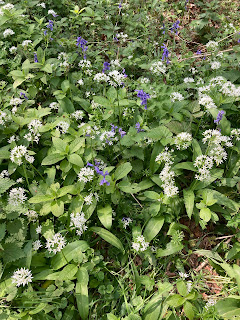Peacock butterfly
A Peacock butterfly basking on a bench.
The Peacock butterfly (Alagis io) is certainly one that can't be missed! It is bright red with amazing lilac-blue eyespots on both the fore and hind wings, when freshly emerged, they are truly pristine and look incredible.
A large habitat range means that the Peacock is widespread across the UK, they only really have one foodplant, the nettle, but this species is also widespread. Peacocks defend their territories fiercely, diving at other butterflies (both other Peacocks and other species) and even people! They definitely have unrealistic egos.
A Peacock butterfly, with eyespot highlighted.
The Peacock overwinters as an adult, often seeking out dark, sheltered spots such as sheds and garages to snooze in. Emerging again in early spring, they mate and lay eggs, with the caterpillars hatching in late spring to early summer and the next generation of adults emerging in mid to late summer, ready to restart the cycle. The caterpillars are a deep black with white spots, like a starry night. The eyespots on the adult butterfly play an important role when it comes to protecting the individual, both because they make the butterfly look much bigger and scarier than it actually is, and because they encourage aggressive predators (which attack the eyes of their prey) to attack the edges of the wings, away from the important organs in the body.
In addition to looking magnificent, adult butterflies are important pollinators, which is vital for flowering plants, which can include food sources for people. Therefore it is really important that we help conserve butterflies (80% of which have declined in the UK), as they play a key role in ecosystems and are just awesome!
If you are interested in helping to conserve the UK's butterflies for the future, here are some ideas for getting involved:
1. take part in Butterfly Conservation's Big Butterfly Count in summer (Big Butterfly Count (butterfly-conservation.org))
2. reach out to your local branch of Butterfly Conservation and see if they have practical conservation work you can take part in
3. take part in No Mow May and Let It Bloom June to make your garden better for pollinators (Plantlife's No Mow May Movement)
4. consider helping with surveying butterflies with citizen science projects such as the UKBMS butterfly transect scheme.





Comments
Post a Comment